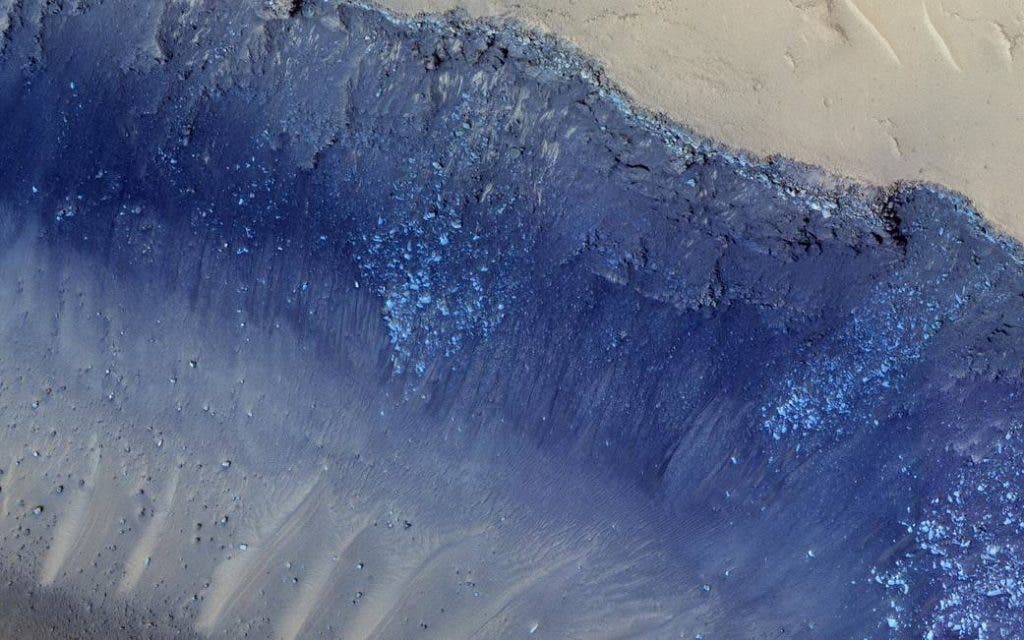
NASA recently announced that its InSight lander, which looks for geological activity on Mars, just recorded two “strong, clear quakes” — in the same region where two earthquakes had previously been discovered in 2019. The magnitude 3.3 and 3.1 temblors originated in a region called Cerberus Fossae, a series of semi-parallel fissures on Mars formed by faults that pulled the Martian crust apart.
This is big news because unlike Earth, Mars doesn’t have active plate tectonics, and moving plates are the main sources of earthquakes here on Earth. In the absence of this, some areas (like volcanoes) could still be active and causing the earthquake. This further supports the idea that Cerberus Fossae is such a seismically active area.
Earthquakes also enable researchers to study Mars’ internal structure. Much of what we know about Earth’s own internal structure comes from Earthquakes. Since seismic waves propagate differently in different materials, seismology (the study of seismic waves) can tell us a lot about what a planet is made of.

Already, geologists are starting to make some deductions from these few martian quakes.
“Over the course of the mission, we’ve seen two different types of marsquakes: one that is more ‘Moon-like’ and the other, more ‘Earth-like,’” said Taichi Kawamura of France’s Institut de Physique du Globe de Paris, which helped provide InSight’s seismometer and distributes its data along with the Swiss research university ETH Zurich.
Earthquake waves travel more focused through the planet, while moonquake waves tend to be more scattered. “Interestingly,” Kawamura continued, “all four of these larger quakes, which come from Cerberus Fossae, are ‘Earth-like.’”
Noisy winds
The temblors were detected in the same period as the ones from 2019, and this is probably not a coincidence. Martian winds are strong throughout the year, but they somewhat cool down during the Martian summer (which is when the quakes were observed). Although the seismic instrument is shielded with a dome, the winds are still strong enough that they obscure vibration from the quakes. It’s only when the winds quiet down that researchers observed the quakes.

NASA’s InSight lander used the scoop on its robotic arm to cover the cable connecting its seismometer with a spacecraft with Martian soil. Scientists hope that this can further help quiet the winds and insulate the cable from extreme temperature shifts that cause it to expand and contract. Temperatures near the InSight lander may swing from almost minus 148 degrees Fahrenheit (minus 100 degrees Celsius) at night to 32 degrees Fahrenheit (0 degrees Celsius) during the day.
It’s now primetime for marsquakes, and Cerberus Fossae is the place to look for. It’s not yet clear what the source of the marsquakes is, but previous research has indicated that the area could be tectonically active and could have even featured landslides in its recent history.


